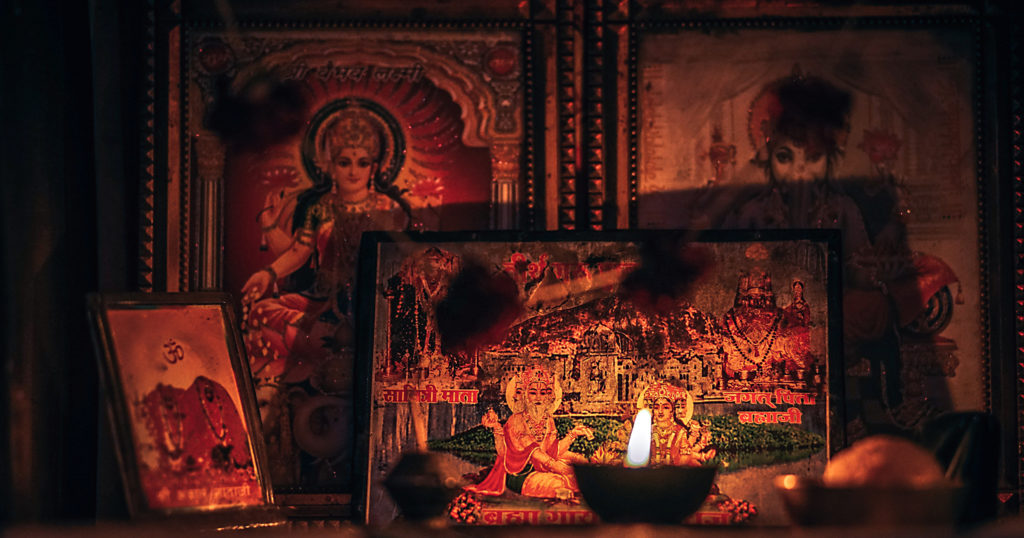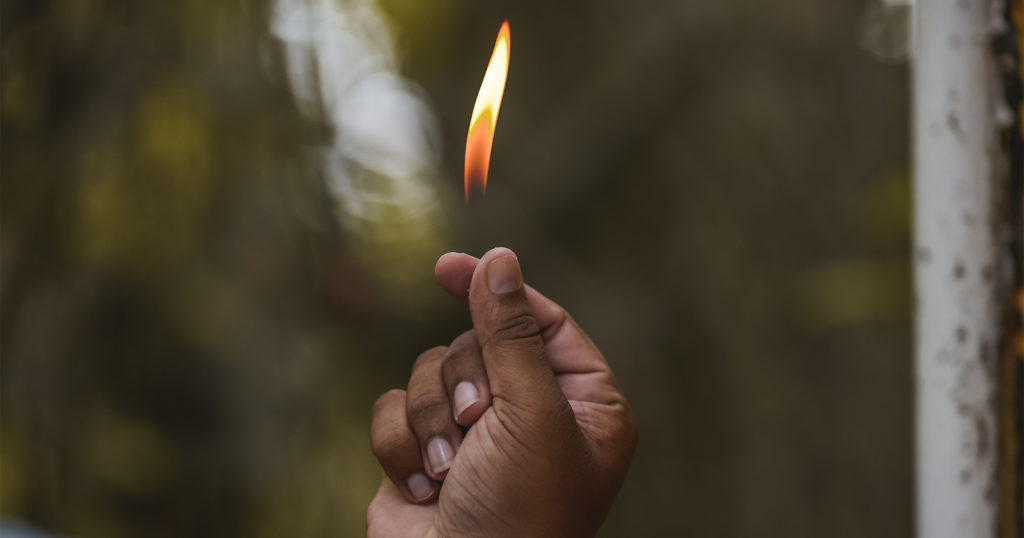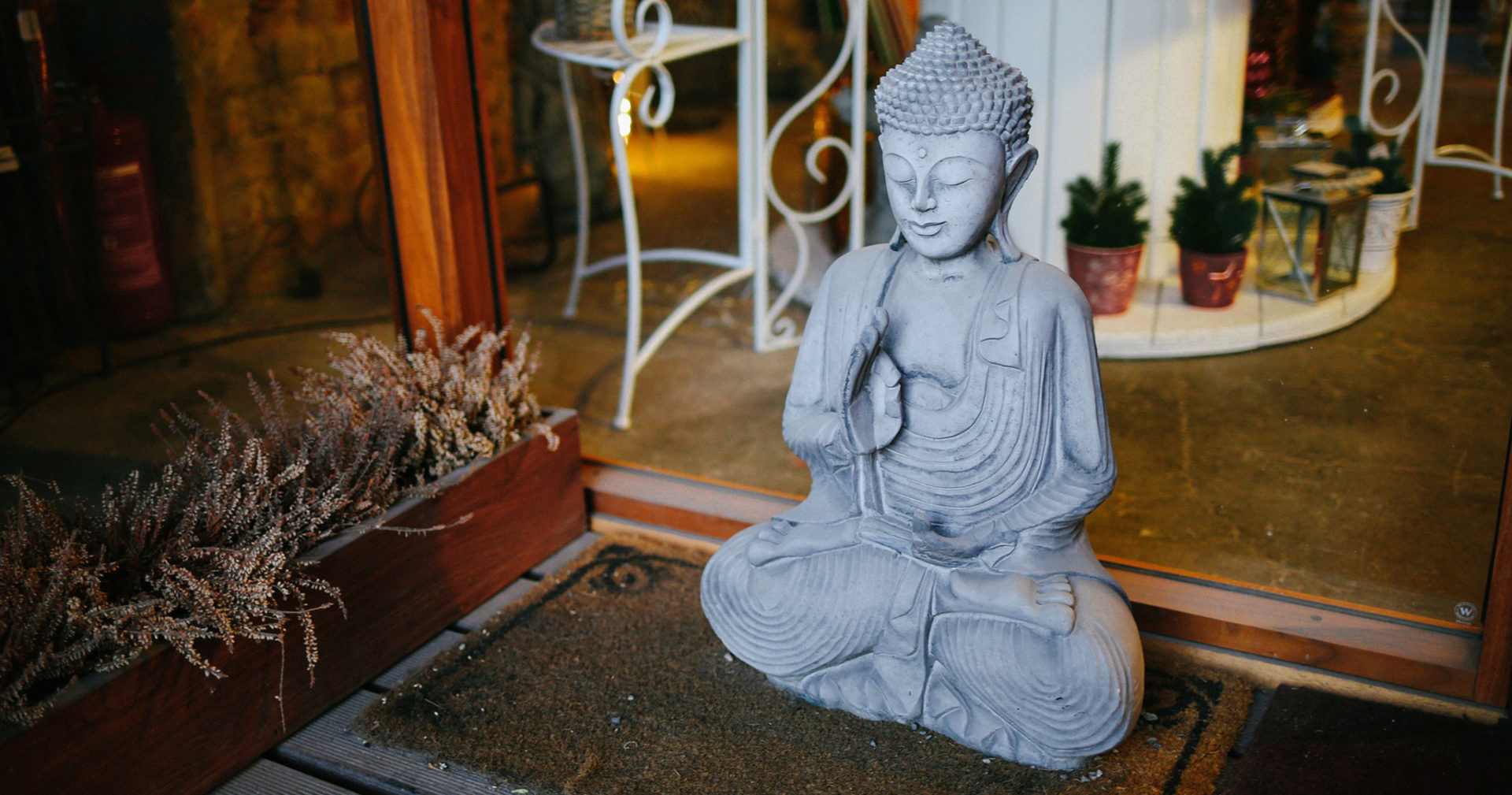A religion which is better described as a way of life, Hinduism has no definite and designated order, worship pattern, holy book, founder, religious head, particular service day, etc. It is a truly diverse way of life and currently ranks as the world’s third largest religion, following Islam and Christianity, and is mostly accounted for as the oldest organized religion, originating from the Indus Valley, now Pakistan, over 3,000 years ago. Hinduism is a combination of diverse religious and spiritual beliefs that have evolved over the years in India (since about 1500 BC) into a broad and internationally accepted religion.
As in every religion, Hinduism acknowledges the existence and belief in a supreme being. Hindus are, however, not monotheistic in nature. They are better referred to as henotheists (worshiping a single god, but not denying existence of other gods) and/or polytheists (believing in multiple gods). Hindus believe in Brahman, whom they acknowledge as the ultimate reality. Brahman embodies all things, and is embodied in all things. Brahman is divided into three separate Gods, whom are collectively referred to as the Holy Trinity.
The Holy Trinity consists of Brahma, the creator, Vishnu, the preserver, and Shiva, the destroyer. Hindus acknowledge several other gods and goddesses as manifestations of the Brahman, the supreme deity, and include: Ganesh, the god of wisdom; Lakshmi, goddess of prosperity; Saraswati, good of learning and wisdom; and Krishna and Rama, both incarnations of Vishnu. The numerous and varying gods and goddesses acknowledged in Hinduism are often represented in the mandir (temple).
Hinduism is basically one of the most religious tolerant denominations as it allows for freedom of beliefs and practices. The belief is that all religions are a pathway leading to God, hence, Jesus is acknowledged in Hinduism as an incarnation of a God.
Unlike Christianity or Islam, Hinduism has no stipulated day or time for conducting worship services. People visit the mandir at their discretion, to give adulations to all the gods. A Hindu temple usually has four or five shrines, or even more around the main hall, each of which accommodates a murti (statue of a god who has been consecrated in a special ceremony). Modes of reverence and prayers are usually different. While some people prostrate in front of the murti, or bow to it, others may decide to take turns in a clockwise cycle, or simply just stand in front of it and meditate.
Priests are responsible for performing rituals to the murtis at specified times during the day, when people gather to partake by watching and receiving blessings. More often than not, during these rituals or consecrated services, sanctified food is shared with the people. This process is referred to as the prasad. It is similar to communion as taken by Christians.
Goals of Hinduism
The goals of Hinduism are basically the major binding beliefs, or tenets of the religion. They are the responsibilities expected of all members of Hinduism, and not exclusive to priests. They are mainly four: Dharma, Artha, Kama, and Moksha.
- DHARMA: This is the principle that orders the universe; and one’s conduct in conformity with such a principle. Simply put, it is the order of fair action, moral, and ethical behavior in association with the universe.
- ARTHA: This refers to the principle of wealth gathering. Its primary purpose is the accumulation of wealth to help others, and to prevent any hindrances to dharmic living.
- KAMA: Also known as Hindu god of desire, is a principle that advocates fulfilling one’s desires. Desires can manifest in various forms, from being wealthy, powerful, sexually satisfied, and/or for recognition.
- MOKSHA: Typically known to be the ultimate goal of Hinduism, Moksha is the final liberation of soul from samsara (reincarnation). It is the end of the death and rebirth cycle, along with all the sufferings it encompasses.
There are other binding beliefs of Hinduism, other than the four goals mentioned above. There is Samsara, which is the belief in reincarnation: a continuous cycle of death and rebirth until one attains the Moksha. It is basically an evolution into an upper caste or lower caste. This is determined by the quality of one’s life. If one has lived a fair, just, and selfless life, he/she translates into a higher caste in the next life, while if one has lived a life of deceit, and wrongdoings, he/she translates into a lower caste.
Traditionally, there is a caste system in Hinduism. A show of hierarchy. It was, however, outlawed in India in 1949. Nonetheless, it hasn’t been completely expunged, and traces of it have still remained, especially due to the spiritual law of samsara. The order of the caste system is: the Brahmin (priest), Kshatriyqs (soldiers/nobility), Vaishyas (merchant), Sudras (labourers), the Untouchables (known as Harijans, by Ghandi). Belonging to a higher caste is usually a sign of blessing.
There is also the belief of reaching oneness with the Brahman. Accordingly, this can only be done when one successfully embodies the principle of detachment from all worldly things. Detachment can be achieved using three practical methods; the way of knowledge, the way of works, and the way of devotion.
Major Texts in Hinduism
There are five major texts, Holy Scriptures, in Hinduism. The Vedas, Upanishads, Ramayana, Mahabharata, and Puranas.
- THE VEDAS: These are four books of knowledge, chants, and collected hymns that form the oldest layer of Sanskrit literature, and the oldest sacred texts of Hinduism.
- THE UPANISHADS: This is a Hindu text, considered to be an early source of the religion, found mostly in the concluding part of the Brahman, and in the Aranyakas. It lays out the theological basis of Brahman.
- RAMAYANA: This is one of the ancient Sanskrit epics of Hindu mythology about the incarnation of Vishnu, the Rama.
- MAHABHARATA: This is a Sanskrit epic describing a war between two families of cousins. Within the book is the story of Bhagavad Gita, and elaborations on theology and morality.
- PURANAS: These are post-Vedic texts, containing a narrative of the history of the universe, from creation to destruction, genealogies of the kings, heroes and demigods, and descriptions of Hindu cosmology, philosophy and geography.
Hinduism is a vast and deeply rich spiritual way of life. If you have interest in this topic, please start by reading one of the classic texts. I recommend The Ramayana: A Modern Retelling of the Great Indian Epic as a great start!





